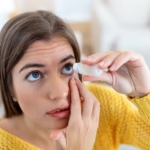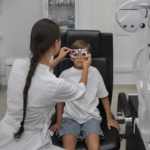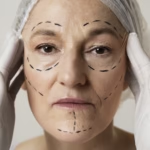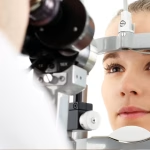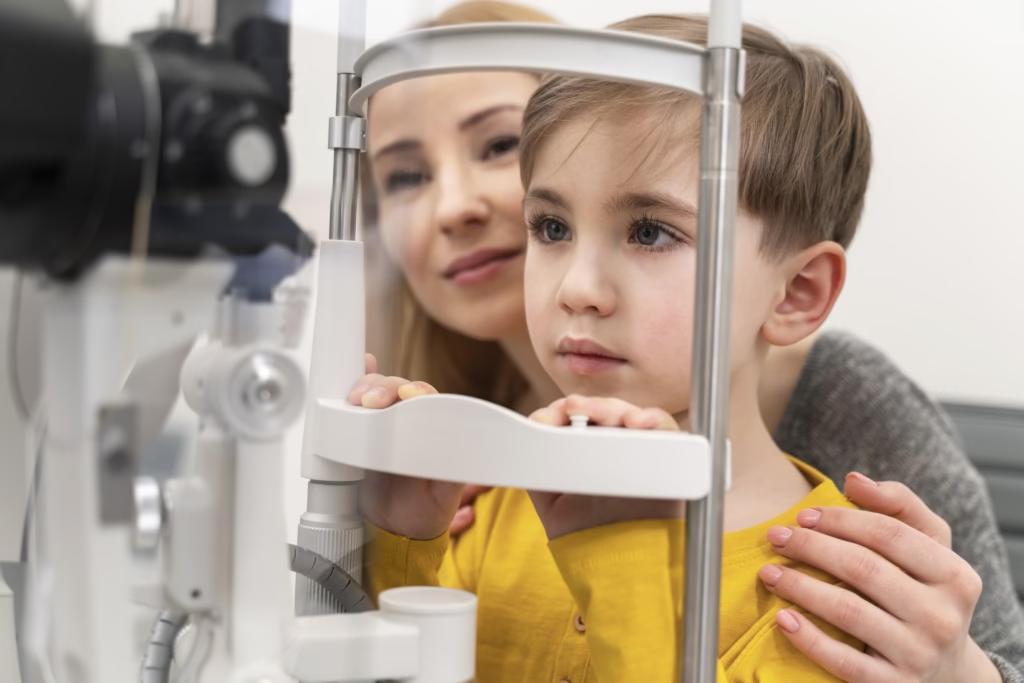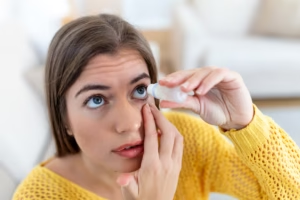Introduction:
Good vision is essential for a child’s learning, development and overall well-being. From reading the board at school to playing outdoors, children rely on their eyesight for almost every activity. Unfortunately, many parents do not realize that children can experience vision problems at an early age. According to the American Optometric Association, one in four school-age children has an undiagnosed vision issue. This makes pediatric eye care a crucial part of your child’s healthcare routine.
In this guide, we will share expert insights and practical tips on how to protect your child’s vision, when to see a pediatric optometrist near me and why regular checkups with a pediatric ophthalmologist or eye specialist are vital. We will also highlight why families in search of quality pediatric and family eye care trust Lee Vision for comprehensive pediatric and adult vision care.
Why Pediatric Eye Care Matters?
Children’s eyes are still developing, which makes them more vulnerable to certain vision problems compared to adults. Conditions such as lazy eye also known as amblyopia, crossed eyes also known as strabismus and nearsightedness (myopia) often begin in childhood. Without early detection, these issues can interfere with a child’s academic performance, sports and self-confidence.
Regular visits to a pediatric optometrist near me ensure that vision problems are caught early and treated effectively. With the right care, children can enjoy clearer vision and healthier eyes as they grow.
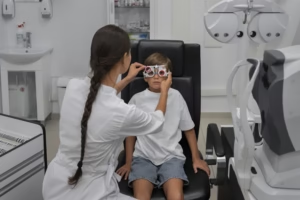
Common Eye Problems in Children
- Amblyopia (Lazy Eye) – Reduced vision in one eye because it and the brain are not working together properly.
- Strabismus (Crossed Eyes) – Misalignment of the eyes which can affect depth perception.
- Refractive Errors – Includes nearsightedness, farsightedness, and astigmatism.
- Pediatric Myopia – Increasingly common due to excessive screen time and lack of outdoor play.
- Conjunctivitis (Pink Eye) – An infection or irritation that causes redness and discomfort.
Recognizing these issues early is essential. A trusted pediatric ophthalmologist can evaluate symptoms and recommend appropriate treatment options.
Signs Your Child May Need an Eye Exam
Parents often ask when they should schedule their child’s first eye exam. While newborns have their eyes checked at birth, ongoing exams are equally important. Here are some warning signs:
- Squinting or closing one eye to see better
- Frequent eye rubbing
- Difficulty reading or focusing in class
- Sitting too close to the TV or holding books close to the face
- Complaints of headaches or eye strain
- Poor hand-eye coordination
If you notice any of these symptoms, searching for pediatric eye care near me and booking an exam is the next step.
Tips for Protecting Your Child’s Vision
- Schedule Regular Eye Exams
Routine eye exams are the cornerstone of pediatric and family eye care. Eye doctors recommend
- First exam at 6 months
- Another at age 3
- Before starting school
- Every 1 to 2 years afterward depending on risk factors
- Limit Screen Time
Excessive screen use can lead to digital eye strain and myopia in children. Encourage the 20-20-20 rule – every 20 minutes, take a 20-second break and look at something 20 feet away.
- Encourage Outdoor Play
Research shows that children who spend more time outdoors have a lower risk of developing nearsightedness.
- Provide a Healthy Diet
Foods rich in vitamin A, omega-3 fatty acids and lutein (like carrots, fish and leafy greens) promote healthy vision.
- Use Proper Lighting for Reading
Good lighting reduces strain and prevents fatigue when children read or do homework.
- Teach Eye Safety Habits
From wearing protective eyewear during sports to avoiding rubbing eyes with dirty hands, safety habits can prevent injuries and infections.
- Watch for Allergies
Children often suffer from itchy, watery eyes due to seasonal allergies. An eye doctor can recommend safe treatments.
- Correct Vision with Glasses or Contacts
If prescribed by a pediatric ophthalmologist or optometrist, glasses or contact lenses can make a huge difference in a child’s daily life.
- Lead by Example
Children often mimic their parents. If you prioritize pediatric and adult vision care in your family, your child is more likely to value eye health too.
Why Choose Lee Vision for Pediatric Eye Exams?
At Lee Vision, we understand how important your child’s eyesight is. Our clinic provides specialized pediatric eye care using advanced diagnostic technology in a warm, family-friendly environment.
- Expert Pediatric Specialists – Our team includes highly trained optometrists and ophthalmologists.
- Comprehensive Exams – From basic screenings to advanced testing for conditions like strabismus and amblyopia.
- Family-Oriented Care – We offer both pediatric and adult vision care, making Lee Vision a trusted choice for the entire family.
- Personalized Treatment Plans – Each child’s vision needs are unique and we create tailored solutions.
Parents searching for pediatric eye care near me choose Lee Vision for compassionate, expert-driven services that put children first.
Frequently Asked Questions:
- At what age should my child have their first eye exam?
The first exam is recommended at 6 months, then again at 3 years, before kindergarten and regularly after that. - How do I know if my child has vision problems?
Look for signs such as squinting, eye rubbing, difficulty reading or sitting too close to screens. - What’s the difference between a pediatric optometrist and a pediatric ophthalmologist?
A pediatric optometrist performs eye exams, prescribes glasses and treats basic vision issues. A pediatric ophthalmologist is a medical doctor who can perform surgery and treat complex eye diseases. - Is screen time really harmful for kids’ eyes?
Yes, prolonged screen time can cause eye strain and increase the risk of myopia. Managing usage is essential. - What foods help improve children’s vision?
Carrots, spinach, salmon, eggs and nuts are excellent for eye health. - Can children wear contact lenses?
Yes, but suitability depends on the child’s age, maturity and prescription. Always consult a pediatric optometrist near me before considering contacts. - What is lazy eye, and how is it treated?
Lazy eye (amblyopia) is reduced vision in one eye. Treatments may include patching the stronger eye, corrective glasses or vision therapy. - How often should school-aged children get an eye exam?
Every 1 to 2 years, unless they have vision issues that require more frequent monitoring. - Do eye problems in children affect learning?
Absolutely. Vision problems can cause difficulties with reading, concentration and overall academic performance. - Does Lee Vision accept both children and adults for eye exams?
Yes, Lee Vision specializes in pediatric and adult vision care, making it a one-stop clinic for the whole family.
Conclusion:
Your child’s eyes are precious, and protecting their vision should be a top priority. From regular eye exams to healthy lifestyle choices, there are many ways parents can safeguard their children’s eyesight. Early detection and treatment of vision problems can make a lifelong difference.
If you have been searching for pediatric eye care near me, trust Lee Vision to provide compassionate, expert care. With our specialized team, advanced technology and family-oriented approach, we are proud to serve as a partner in your child’s eye health journey.


